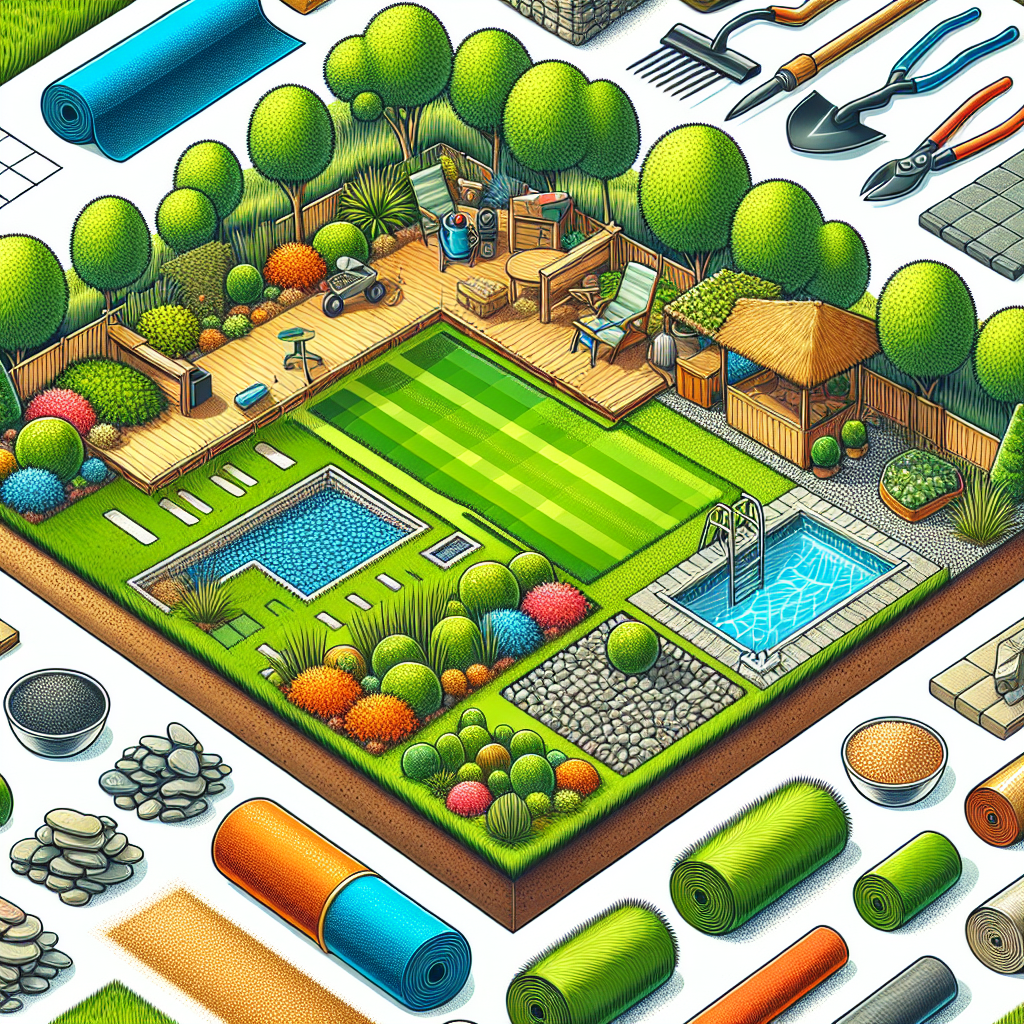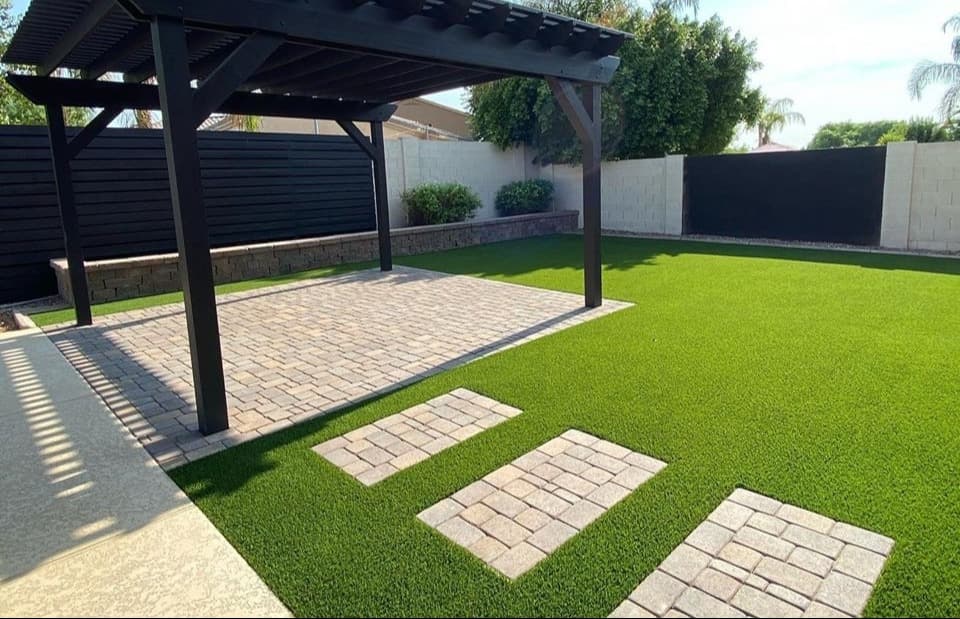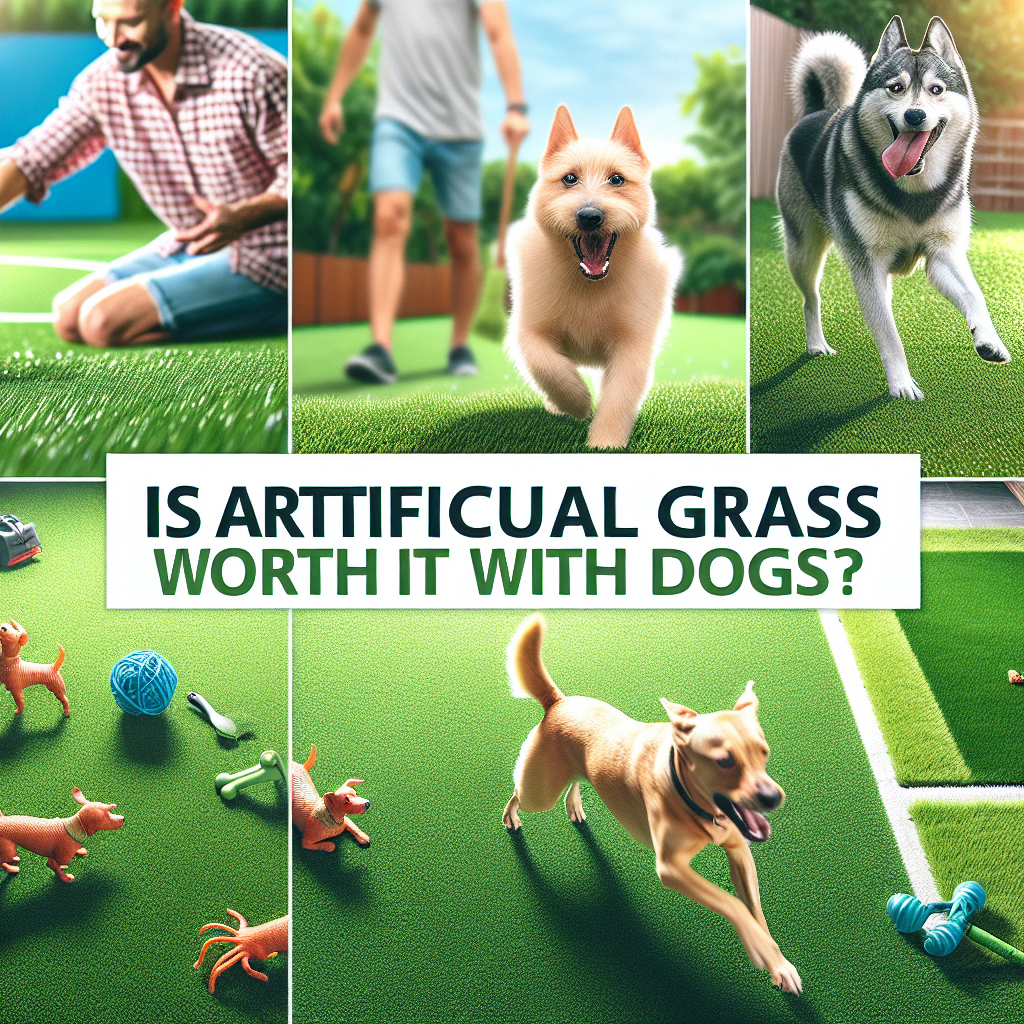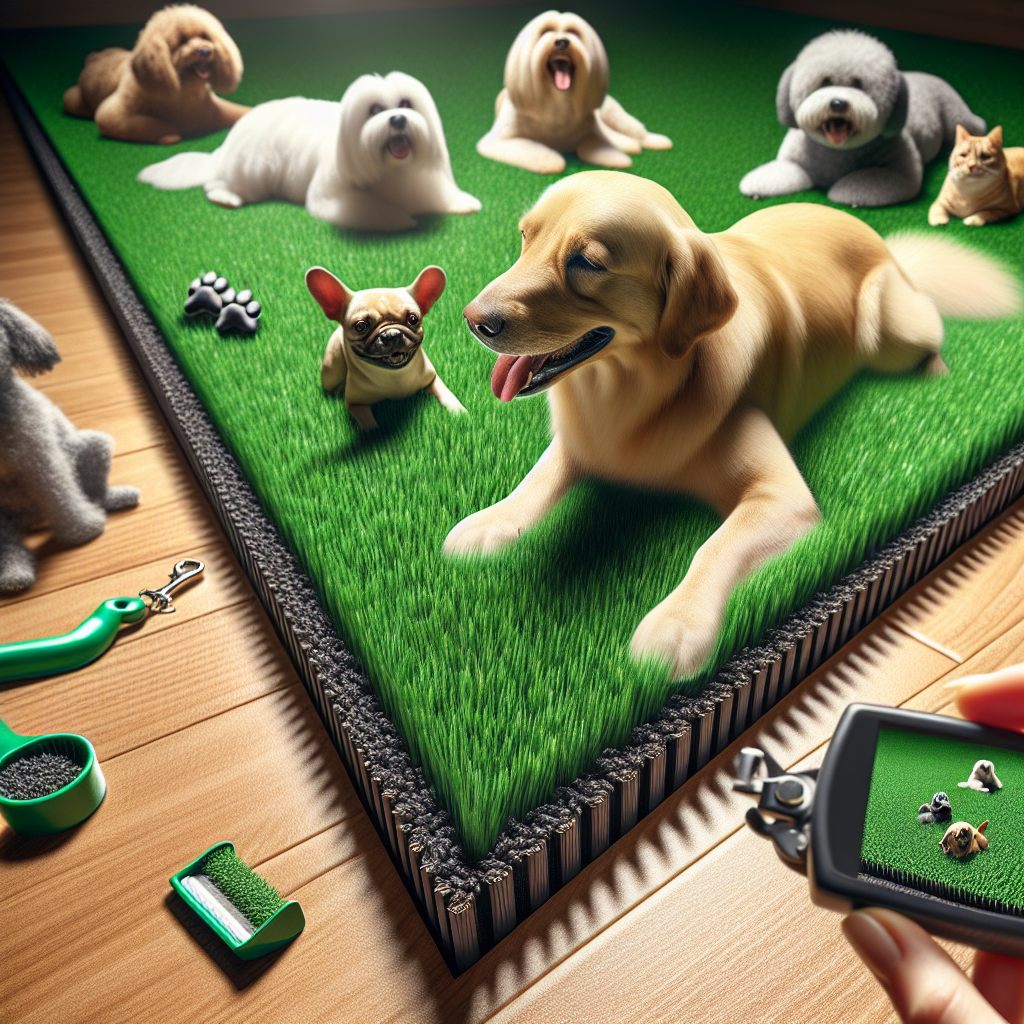
Imagine stepping out into your backyard and feeling the soft, lush sensation of perfectly manicured artificial grass beneath your feet. This vision can become a reality without breaking the bank by choosing the right sub-base for your artificial grass installation. But what is the cheapest sub-base for artificial grass that still ensures durability and longevity? Let’s explore.
A sub-base is like the foundation of a house – it provides stability and support to ensure everything stays in place. For artificial grass, an effective sub-base prevents uneven surfaces, water pooling, and promotes proper drainage. Without a solid sub-base, even the best artificial turf can quickly show signs of wear and tear.
Crushed stone is often considered the gold standard for sub-bases due to its excellent drainage properties and stability. However, it can be quite costly, especially when used over large areas.
Decomposed granite is another popular choice, offering a balance between cost and performance. It compacts well and provides a smooth surface for the artificial grass.
While sand is less expensive than crushed stone or decomposed granite, it lacks stability and can shift over time. It’s often used as a secondary layer rather than the primary sub-base material.
Recycled concrete aggregate is an eco-friendly and budget-friendly option. Made from crushed concrete debris, RCA provides good drainage, compacts well, and is significantly cheaper than virgin materials. According to the EPA, recycling concrete helps reduce landfill waste and conserves natural resources.
Gravel is another economical option that offers decent drainage and stability. It’s widely available and easier on the wallet compared to other materials. However, it may require more maintenance to prevent shifting over time.
Crushed fines, also known as quarry dust, are very fine crushed particles that provide excellent compaction and stability at a lower cost. They are particularly effective when installed as a top layer over coarser materials like gravel.
Even with a cost-effective sub-base, proper installation is key to ensuring the longevity of your artificial grass. Here are some tips:
Yes, a sub-base is essential to provide stability, promote drainage, and prevent issues such as uneven surfaces and water pooling.
No, installing artificial grass directly on soil can lead to poor drainage, uneven surfaces, and rapid deterioration of your turf. A proper sub-base is necessary.
The thickness of the sub-base depends on the intended use of the area. For light foot traffic, a depth of 2-4 inches is typically sufficient. For heavy use areas, consider a depth of 4-6 inches.
Your dream of a green, maintenance-free lawn doesn’t have to come with a hefty price tag. By opting for cost-effective sub-base materials like recycled concrete aggregate or crushed fines, you can achieve a durable and visually appealing artificial grass installation without breaking the bank. Remember, the key lies not just in choosing affordable materials but also in ensuring proper installation. With these insights, you’re now equipped to embark on your journey towards a beautiful, budget-friendly artificial lawn.
For more detailed guidance on sustainable landscaping practices, visit the EPA’s Green Infrastructure page. Happy gardening!


